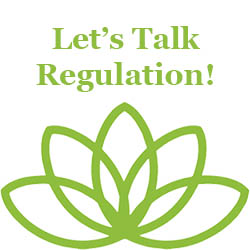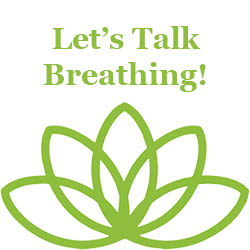Valentine’s Day is February 14th, and love is in the air…or maybe not! People who suffer from sexual dysfunction may feel stressed and overwhelmed around this holiday with expectations of physical intimacy running high.

What is sexual health?
The World Health Organization defines sexual health as a state of physical, emotional, mental and social well-being in relation to sexuality. It is not merely the absence of disease, dysfunction, or infirmity. Sexual health requires a positive and respectful approach to sexuality and sexual relationships, as well as the possibility of having pleasurable and safe sexual experiences that are free of coercion, discrimination, and violence. Sexual health is a big part of life and one’s health and wellness. It can affect and is effected by other aspects of health. This includes physical, mental, emotional, and social health.
Persistent, recurrent problems with sexual response, sex drive, orgasm, or sexual pain — that distress you or strain your relationship with your partner — are known medically as sexual dysfunction. There are multiple factors (often interrelated) that can contribute to sexual dysfunction, and it is important to evaluate those factors when diagnosing and recommending treatment alternatives.
Some types of sexual dysfunction
Sexual arousal disorder is characterized primarily by an inability to attain or maintain sufficient physical sexual arousal that causes distress or interpersonal difficulty. Symptoms vary depending on what type of sexual dysfunction you’re experiencing:
Low Sexual Drive– This most common sexual dysfunction involves a lack of sexual interest and willingness to be sexual. This is often referred to as low sex drive.
Sexual Arousal Disorder– Your desire for sex might be intact, but you have difficulty with arousal or are unable to become aroused or maintain arousal during sexual activity.
Orgasmic Disorder– You have persistent or recurrent difficulty in achieving orgasm after sufficient sexual arousal and ongoing stimulation.
Sexual Pain Disorder– You have pain associated with sexual stimulation or vaginal contact.
There can be many different causes for men and women experiencing sexual dysfunction.
Psychological and Social Causes: History of sexual abuse, Post Traumatic Stress Disorder, Major Depressive Disorder, as well as long term stress are some mental health disorders that have been shown to contribute to sexual dysfunction. Moreover, medications used to manage these illnesses often have sexual side effects that further worsen sexual dysfunction. For women, worries of pregnancy and demands of being a new mother may have similar effects. Long-standing conflicts with your partner about sex or other aspects of your relationship can diminish your sexual responsiveness as well. Cultural and religious issues and problems with body image also can contribute.
Hormonal Causes: For women, lower estrogen and testosterone levels after periods and after menopause may lead to changes in your genital tissues and sexual responsiveness. A decrease in estrogen leads to decreased blood flow to the pelvic region, which can result in less genital sensation as well as needing more time to build arousal and reach orgasm. The vaginal lining also becomes thinner and less elastic, particularly if you’re not sexually active. These factors can lead to painful intercourse. Sexual desire also decreases when hormonal levels decrease. Women’s body’s hormone levels also shift after giving birth and during breastfeeding, which can lead to vaginal dryness and can affect your desire to have sex.
For men, testosterone levels in men decline with age as well as women, which leads to reduction in sexual desire, erectile dysfunction, mood changes, weight gain, and fatigue.
Physical Causes: A multitude of physical illness such as cardiovascular disease, cancer, Diabetes, kidney disease, and pelvic floor and bladder problems may also be factors involved in sexual dysfunction.
Treatment Options for Sexual Dysfunction
Following a thorough history and assessment, your APRN may suggest some of the following alternative treatment options to help manage sexual dysfunction and are available through a prescription from your provider at The Lotus Center.
“Scream Cream” With Sildenafil for women (Aminophylline 3% / Arginine 6% / Sildenafil 2% ). Prescription compounded vaginal cream applied as needed prior to sexual activity for women that contains vasodilators that open blood vessels to allow more oxygen and blood flow to tissues. This increases sexual response, arousal, and intensity of orgasm.
Bio-Identical Testosterone Pellets. Balanced hormones are necessary for good health and disease prevention for all women and men as we age. Using bio-identical hormones (testosterone and/or estradiol) contained in tiny pellets that are inserted just under the skin to balance hormone levels, will help to improve sexual desire and response. Testosterone has also been shown to improve energy, muscle strength, increased mental clarity, improved mental health, and improved quality of life while preventing age related illness.
PT 141 Peptide. PT-141 is a nasal spray used as needed by both men and women prior to sexual activity. It provides libido enhancing effects by stimulating the nervous system to enhance sexual desire, arousal, and sexual satisfaction in both men and women. It also increases blood flow to genitals. It does not act upon the vascular system but directly increases sexual desire via the nervous system.


